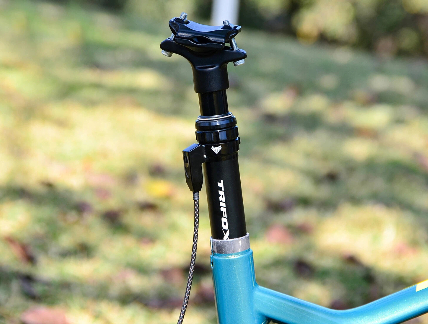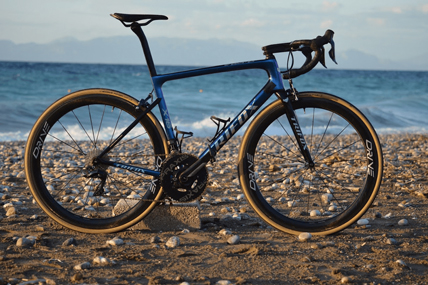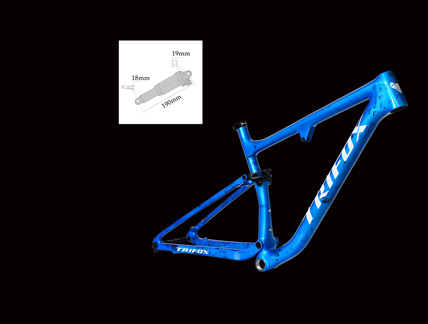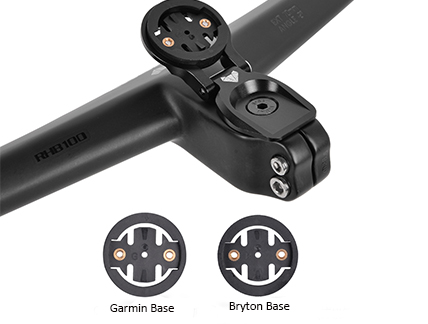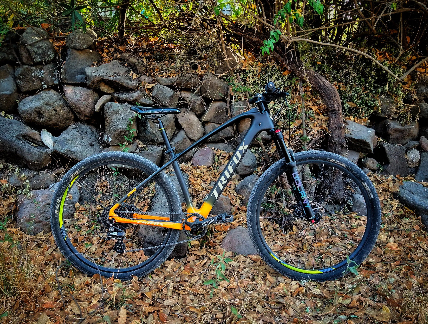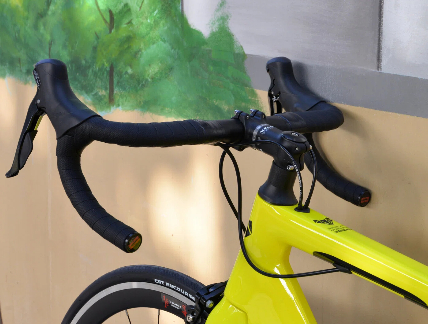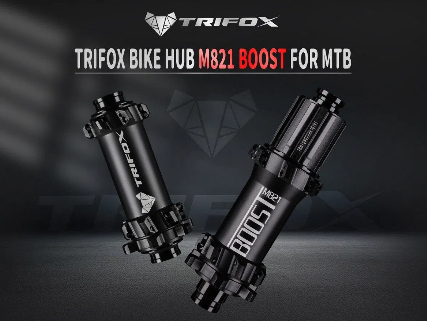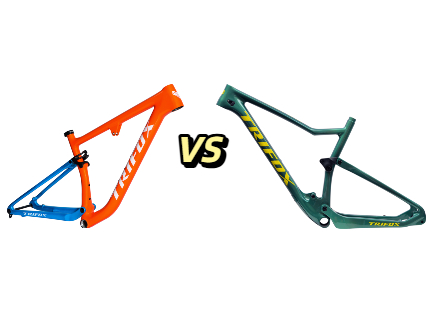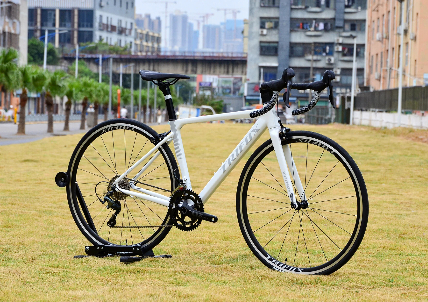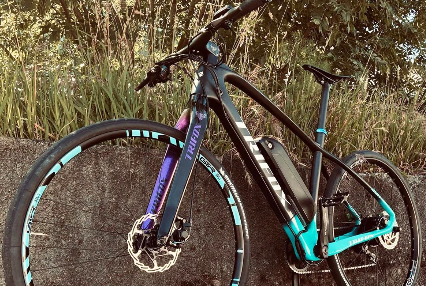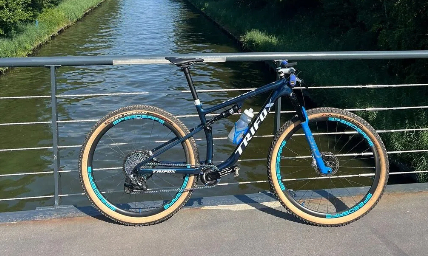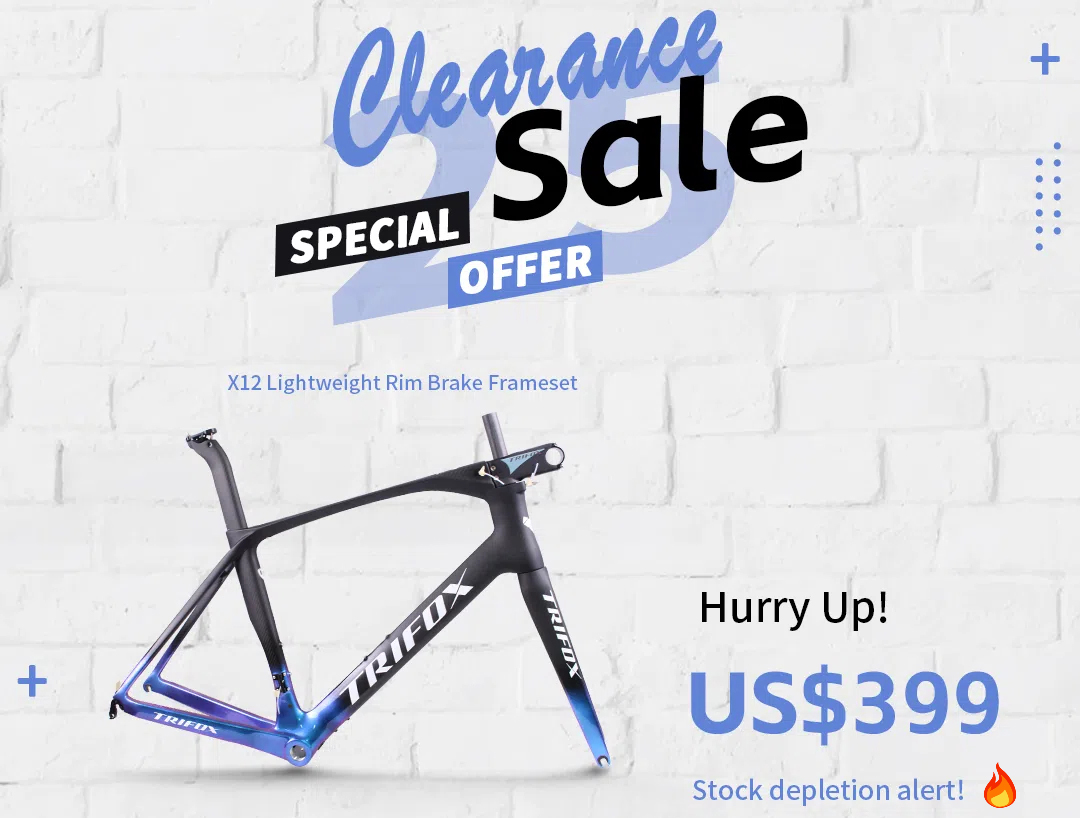Whether you're a seasoned cyclist or someone who's just taken a leap into the world of wheels, the importance of the bicycle hub cannot be overstated. It’s the core of your bike's wheel assembly, and everything from rolling resistance to handling can be influenced by its quality. This guide will take you through the meticulous process of choosing and installing an aluminum alloy hub, elevating your cycling experience to enjoy a smooth ride every time.
The Heart of Your Bike: An Introduction to Hubs
Before you even hit the road, the hub is whispering promises—of seamless motion, of endurance, and of the open road. But, what is a hub, exactly? The bicycle hub is a simple yet crucial component. It’s the center of the wheel, the part around which the wheel and tire rotate when in motion. The design and construction of the hub impact the functionality and performance of the entire wheel. And when it comes to material, nothing beats aluminum alloy for its blend of strength, lightness, and corrosion resistanc
Why Choose Aluminum Alloy?
Aluminum alloy hubs are preferred in many disciplines of cycling for their lightweight construction and efficient heat dissipation, which is particularly important for high-stress areas of the wheel where components may be more prone to heat damage. They are also less susceptible to rust and are often lighter, providing better acceleration and handling.
Picking the Perfect Hub:
Selecting the right hub is akin to choosing the heart for your bike's soul. It's not a decision to be taken lightly. Here's what you need to consider:
Hub Type and Use Case
Start with the basics—what type of cycling do you do? Road, mountain, or hybrid? Different types of cycling require different hubs.
Road Bikes: Consider lightweight, low-friction sealed cartridge bearing hubs with a high-quality, fast-engaging freehub design.
Mountain Bikes: Opt for rugged, durable, and easily serviceable cup-and-cone type hubs with strong, reliable axle systems.
Hybrid Bikes: A middle ground of reliability and a blend of road and light off-road trail capabilities may warrant a mix of road and mountain bike hub features.
Hub Width and Axle Standards
The width of the hub will be dictated by your bike's frame and fork. Standard road bikes usually come with 130mm or 135mm rear spacing, while mountain and fat bikes will have wider spacing to accommodate broader tires and more robust wheels. Axle standards, such as quick-release (QR) or thru-axle, will also vary based on your bike's needs and age.
Spoke Hole Count and Lacing Patterns
The number of spoke holes in the hub flanges will directly influence the strength and design of your wheel. Ensure the hub you choose aligns with your wheelset's spoke count and lacing pattern for optimal performance.
Freehub and Cassette Compatibility
If you’re installing a rear hub on a geared bike, ensure that the freehub is compatible with the cassette. For example, modern road bikes typically use a standard Shimano or SRAM cassette spline. Mountain bikes could vary, with some requiring different interfaces for their cassettes.
Sealed Bearings
If regular maintenance isn't your forte, sealed bearings are a no-brainer. They protect against contamination and reduce the need for frequent overhauls, but they're typically non-adjustable compared to cup-and-cone systems.
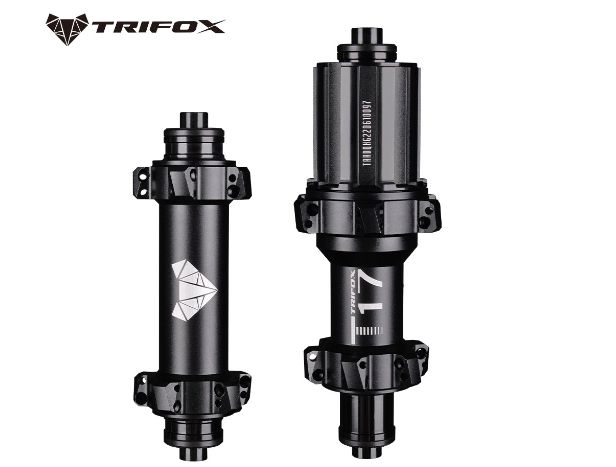
Your relationship with your bike is personal. Each ride is a story of adventure, progress, and joy. Your hub is the silent companion, ensuring you sail smoothly through all terrains. Aluminum alloy hubs, when chosen and set up correctly, can enhance every aspect of your cycling experience. From the initial selection to the final spin, your diligence will be well-rewarded. Now equipped with this comprehensive guide, may your wheels turn soundly, with the assurance of a well-fitted aluminum alloy hub at their core.

































































